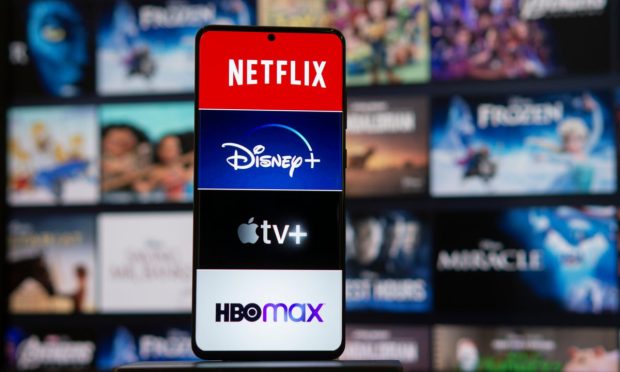Nielsen: Streaming Enjoys Strong Numbers as Overall TV Viewership Dips

Zombies, hospital intrigue and Black Panther all helped streaming media dominate the month of February.
That’s according to Nielsen’s latest edition of The Gauge, which shows streaming services holding 34% of television viewership, even as overall TV usage declined 5.1% due to a drop in “high-demand, mass-appeal” programming.
“January is always a banner month for TV viewing, highlighted by the culmination of the NFL season, which sets the bar very high,” the media research company said in a news release.
However, there were things that drew viewers to streaming services, the report adds, such as the debut of “Black Panther” sequel on Disney+, the apocalyptic thriller “The Last of Us” on HBO Max, and “New Amsterdam,” a medical drama shared by Netflix and Peacock.
“The past several months represent peak seasons for broadcast and cable due to sports seasonality and holiday fair,” said Nielsen Senior Vice President Brian Fuhrer.
“The fact that streaming has retained and increased its share of television viewing during this period indicates we’ll likely see a continued shift as new and established media companies continue to invest and release new content on these platforms.”
That investment is happening as consumers hold onto entertainment subscriptions while jettisoning other subscription services, as research from the “Subscription Commerce Conversion Index: Subscribers Seek Affordability and Convenience,” a PYMNTS and sticky.io collaboration, has shown.
In the midst of a flurry of retail subscription pauses and cancellations, the “sole bright spot was streaming entertainment, which gained 6.5 percentage points,” the study said.
“For the first time in a year, consumers were more likely to hold digital media subscriptions than retail-related subscriptions.”
When examining subscriber intent to keep or cancel subscriptions, the picture becomes even clearer. The study — drawn on surveys of nearly 2,200 U.S. consumers — found few consumers considering streaming cutbacks versus almost every other type of subscription service.
A deeper look at that data shows the stark difference between consumer’s feelings toward retail subscriptions versus their ongoing desire for streaming services, with just 1.2% of respondents saying they intend to cut back streaming channels.
That’s compared to the almost 16% who would say goodbye to their beauty boxes, the 9% who plan to go without memberships to food and beverage services, and even the 4% who say they’ll drop Amazon Subscribe & Save.
Where streaming services could run into trouble, PYMNTS wrote, is a scenario where worsening inflation forces people to choose between services like Netflix and more essential things, like paying their electric bills.
PYMNTS Subscription Commerce Conversion Index found that more than half (53%) of streaming subscribers would cancel when forced to decide between entertainment and essential services like utilities and rent.

